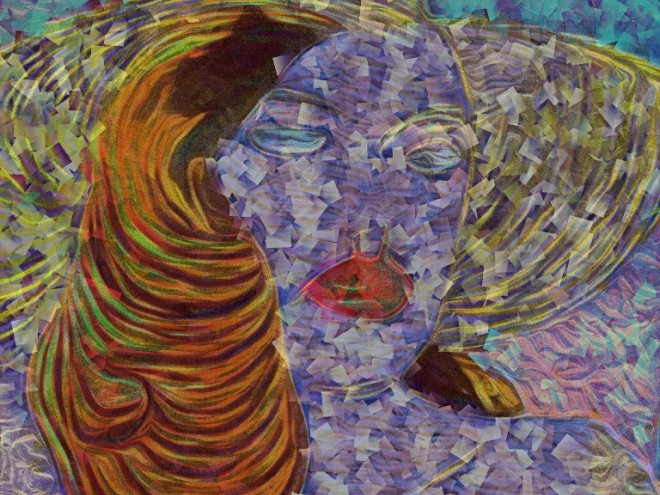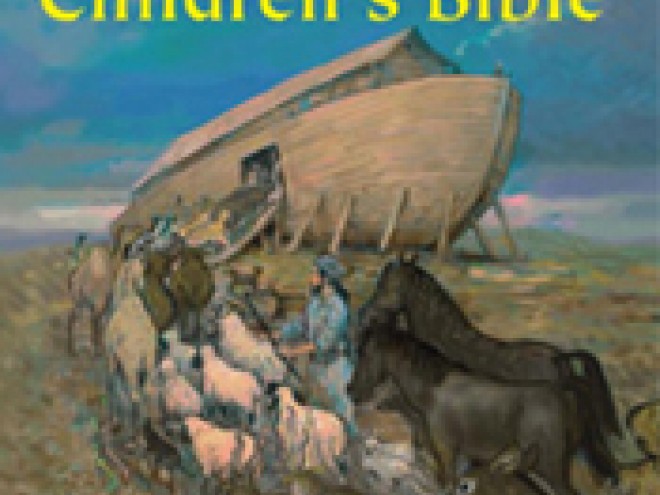What could possibly bring together Israeli politicians, devout young Christians, ardent Zionists, and Islamic terrorists? Virtually nothing — except this compelling mystery novel, set in contemporary Jerusalem, which depicts their clash as they crash and thrash through the sands of the Qumran desert in their fear-fueled pursuit of an ancient treasure scroll.
Ellen Frankel deftly takes readers along on their desperate journey through the tangled history of the holy city of Jerusalem, where hidden secrets, grisly murders, and omens abound.
Religious delirium pervades this book; so does feminism. Major female characters include police chief inspector Sarit Levine and Israeli intelligence agent on assignment Maya Rimon; they drive the hunt, pushing against each other and gaining ground by aggressive action.
Cleverness abounds on both sides, enforced by physical prowess, and the protagonists rely on their abundant wits in their attempts to outsmart a religious extremist, set on carrying out a terrorist attack in the holy city of Jerusalem. This barefoot fanatic in a long gray robe claims to be the resurrected Christ, hoping to bring about the complete destruction of the world by creating the perfect setting for the apocalypse, as described in the Book of Revelation in the Christian Bible.
It is fitting that the book begins with a murder, setting the tone for the novel. An American professor, Boaz Goldmayer, is found dead in his hotel room, sprawled on the white tiled floor of the bathroom. There is no blood, but he is surrounded by a scattering of papers. Perhaps the crime involves the recent theft of Jewish antiquities; perhaps it is even connected with the newly discovered Dead Sea Scroll, the one whose text purportedly contains the secret hiding places of the lost treasures of the Second Temple.
Because the book is fiction, it is both surprising and gratifying that it contains pages of factual material that broadly enhance the story. For example, readers benefit from a timeline of ancient Jewish history at the front, which provides context for the story; side-by-side maps of Israel in the first century CE and Israel as it is today, in the twenty-first century; and a full exegesis of the historical period, complete with data on the Hebrew, Yiddish, Russian, and Arabic words that dot the pages; plus, a useful a glossary of terms.
Frankel explains that the Copper Scroll at the center of the story is a real document, and that the discovery of it and its contents as described in the book are fully accurate. Interpretations of it differ among scholars, however, and the author adds her own theories about its meaning through the characters’ expressions. Fact is always separated from fiction, and everything that is fabricated in the story is named and explained in the postscript, deepening the credibility of the work.
Readers will sail through the book, the first of a planned series, turning page after page with gusto, following Maya Rimon in her quest. We are rooting for her, but so much is against her that we can’t be sure. There are car crashes, mysterious puzzles, electronic encryptions. She wins, then loses, then wins again, pursuing a kaleidoscopic quest that shimmers and sparkles from afar, yet draws the reader toward the climax with each dangerous step Maya Rimon takes.
While The Deadly Scrolls connect the first century with the twenty-first century, the book additionally explores a number of contemporary themes not usually found in mystery thrillers, such as single motherhood and competition between female agents. The narration explores many types of zealotry, such as political, ideological, and religious zealotry.
Frankel is the author of ten books and three operas; The Deadly Scrolls demonstrates how she has successfully melded her academic expertise with her experience as a Jewish storyteller to segue into the field of mystery writing. Future books in her series, The Jerusalem Mysteries, will be anxiously awaited.
Linda F. Burghardt is a New York-based journalist and author who has contributed commentary, breaking news, and features to major newspapers across the U.S., in addition to having three non-fiction books published. She writes frequently on Jewish topics and is now serving as Scholar-in-Residence at the Holocaust Memorial & Tolerance Center of Nassau County.





